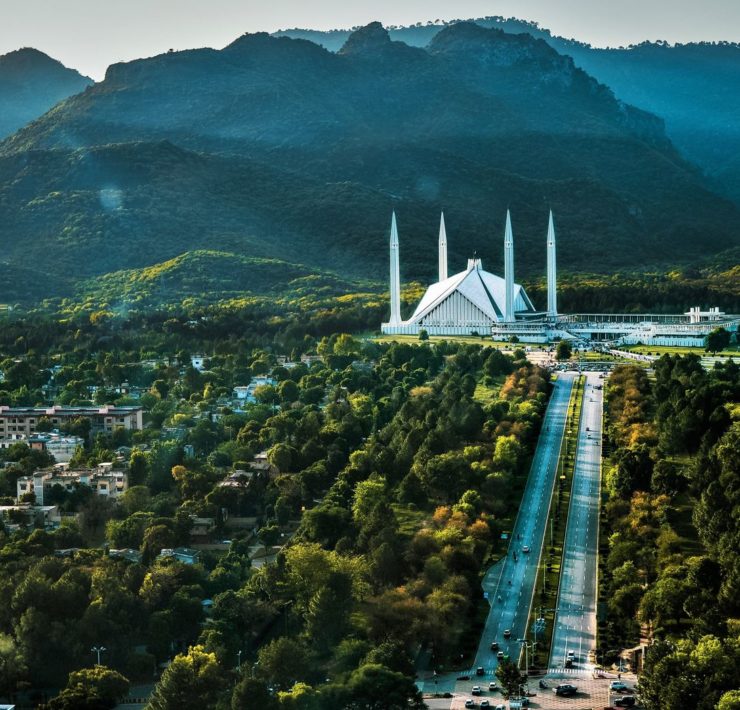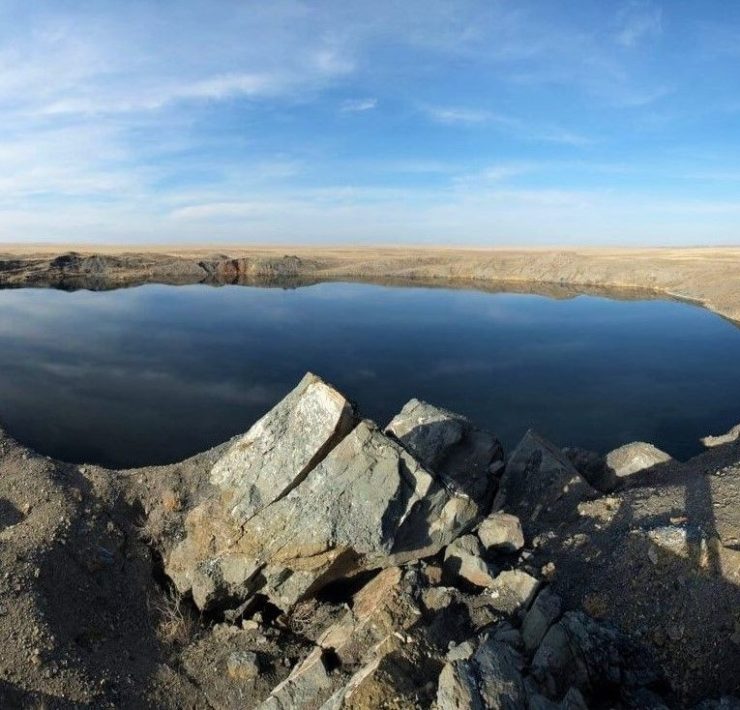Whether due to mining, nuclear accidents or even natural occurrences, there are some places on Earth where the radiation levels are much higher than normal. While some of these places are potentially very dangerous, there are still people who, either by choice or necessity, call them home.
1. Chernobyl, Ukraine
Chernobyl is perhaps one of the most famous areas when it comes to radiation, but surprisingly enough there are still people who live and work in the zone around the nuclear plant. According to reports, about 400 elderly people have returned to their homes inside the exclusion zone, while thousands of people still work at the plant. The workers either live inside the exclusion zone for two weeks at a time or commute in from nearby towns, such as Ivankiv, where background radiation levels are still more than 30 times higher than normal.
2. Ozyorsk, Russia
Ozyorsk, situated in Russia, is a closed town with a population of about 82,000 according to a 2010 census. The reason why the town is closed and radiation is such an issue is due to the nearby Mayak plant, which was a plutonium plant that produced weapons-grade plutonium during the Cold War. The plant not only dumped radioactive materials in the area, but also suffered a major disaster when a tank of liquid nuclear waste exploded. Ozyorks is also just over 20km from Laka Karachay, one of the most contaminated places on Earth due to the dumping of radioactive waste.
3. Ramsar, Iran
Located on the coast of the Caspian Sea is the Iranian city of Ramsar. The city is not only inhabited, but also known as a popular sea resort for tourists from all over Iran. This is despite that fact that the Talesh Mahalleh district is very radioactive thanks to the nearby hot springs. A lot of the building materials in the area originate from the hot springs, which has turned the district into one of the most radioactive inhabited areas in the world. There have even been calls to relocate residents of the district to an area with lower radiation.
4. Guarapari, Brazil
While the coastal town of Guarapari itself doesn’t have dangerously high radiation levels, there are some spots of its beach where background radiation is extremely high. The radiation levels are due to erosion of coastal mountains that are rich in monazite, which contains both thorium and uranium.
5. Yangjiang, China
The city of Yangjiang, in the southwestern Guangdon province of China, has been the subject of numerous studies due to the relatively high levels of background radiation in the area. Like Guarapari, the radiation is due to monazite found in the hills. Sand, caused by the erosion of these hills, were used to make bricks for homes in the area, thus exposing residents to radiation as the monazite inside decayed into radium, actinium and radon.
6. Kerala, India
Sands containing thorium is the reason for high levels of background radiation in the Indian state of Kerala. Background radiation levels in the area range from about 70 percent above the global average all the way up to about 30 times the global average. However, despite extensive studies, no scientific evidence has been found to show that the population exposed to the radiation is suffering any harmful effects.
7. Semey, Kazakhstan
Semey is a city in the Kazakhstan part of Siberia, which is close to the area used by the former Soviet Union for their nuclear weapon testing. According to reports, about 456 nuclear tests were held in the area, including 86 nuclear explosions in the air and 30 on the ground. The effect on the local population, which included about 1.5 million people who lived in the area during the tests were devastating. Hundreds of thousands experienced direct radiation and the cancer rate in the area is still up to three times higher than the national average. It wasn’t until 23 years later that the tunnels of the nearby testing facility were filled with concrete, but hundreds of shepherds from the area still take their animals to graze on the site.
8. Mailuu-Suu, Kyrgyzstan
According to the residents of Mailuu-Suu, a town in Kyrgyzstan, they are used to living right next to radioactive waste. This is because the town has one of the largest radioactive waste concentrations in the whole of former Soviet Central Asia. Once a Soviet industrial town, Mailuu-Suu was the site of uranium mining and processing until the 1960s. About 2 million cubic meters of radioactive material were buried in dumps around the town, marked only by barbed wire fences that were stolen and sold for scrap metal by poor locals. To make matters worse, the area is tectonically active which means the waste is prone to falling in the Mailuu-Suu River. Studies have already shown that residence in the area suffers twice as much from certain forms of cancer compared to the rest of the country.
9. Palomares, Spain
The small town of Palomares in Spain is best known for one of the most serious nuclear accidents of the Cold War. In 1966 a US Air Force B-82 bomber collided in mid-air with a refueling aircraft causing four nuclear bombs to fall near the village. Although one bomb landing intact and the other in the Mediterranean Sea, the igniters on two of the bombs were detonated, which caused radioactive material to spread over a wide area. Despite this the local villagers were not evacuated from the area. It wasn’t until 2008 that an official investigation was completed and certain contaminated areas fenced off. Until then building and agriculture continued as normal.
10. Shinkolobwe, Democratic Republic of the Congo
About 15,000 people live in the town of Shinkolobwe where the mine that produced uranium ore used for the Manhattan Project was located. Although the nearby mine officially closed in 2004, with mine shafts sealed using cement lids, extensive illegal mining is still said to take place there. The International Atomic Energy Agency recommended that the whole mining site should be collapsed to prevent the illegal mining as high-level uranium is being smuggled to Kazakhstan via Tanzanian harbors. Due to the activities at the mine the population of the town is also exposed to high radiation levels.
When On Earth Magazine is for people who love travel. We provide informative travel guides, tips, ideas and advice regarding places to see, things to do, what to taste, and much more for world travelers seeking their next dream vacation destination.






